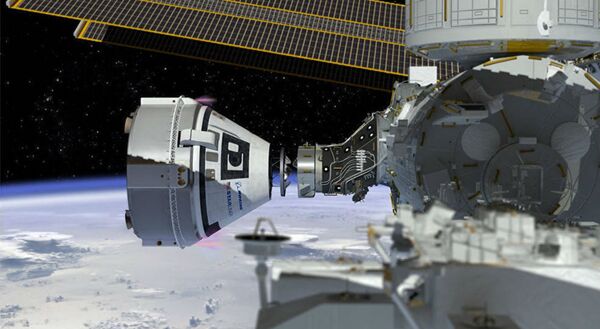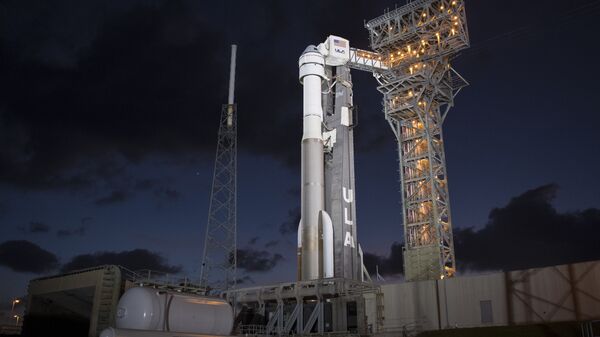Boeing admitted on Friday that it had failed to adequately test its Starliner spacecraft before its maiden flight to the International Space Station (ISS) in December.
John Mulholland, vice president manager of Boeing’s Starliner program, told reporters that Boeing's move to break up tests of its Starliner space capsule flight software into segments resulted in the craft failing to reach the space outpost.
“I really don’t want you or anyone to have the impression that this [software] team tried to take shortcuts” by opting not to conduct the full, end-to-end test’, he said, adding that the team “did an abundance of testing” but that “obviously we have gaps to fill”.
Mulholland underscored that Boeing’s decision to test Starliner’s software in chunks was “definitely not a matter of cost”.

According to him, it was done because engineers believed that it was logical to avoid running the entire flight at once, a process that could take more hours of testing.
“From a hindsight standpoint, it's very easy to see what we should have done because we uncovered an error. This is a tough business. It's a game of inches”, he said.
Mulholland pledged “the one improvement” following the December breakdown which stipulates that the team “is to make sure that before each flight, we will run the launch-to-docking phase of the mission, and then we'll run the docking-to-landing phase of the mission completely”.
“We are recommitting ourselves to the discipline needed to test and qualify our products. The Boeing team is committed to the success of the Starliner program, and we are putting in the time and the resources to move forward”, he pointed out.
The remarks came after it was revealed earlier this month that a collision between the Starliner crew module and its service module could have taken place if Boeing hadn't caught the error.
“The team very quickly recoded the software, reverified it in the labs, and we were able to upload that software correction and safely complete the mission”, Mulholland told a news conference.
Boeing's Starliner landed safely in New Mexico on 22 December after failing to dock with the ISS due to a software glitch earlier that month.
NASA, in turn, said that it is “evaluating the data received during the mission to decide if another uncrewed demonstration is required”. The US space agency is due to announce the results of an investigation into the Starliner flight failure on 6 March.




